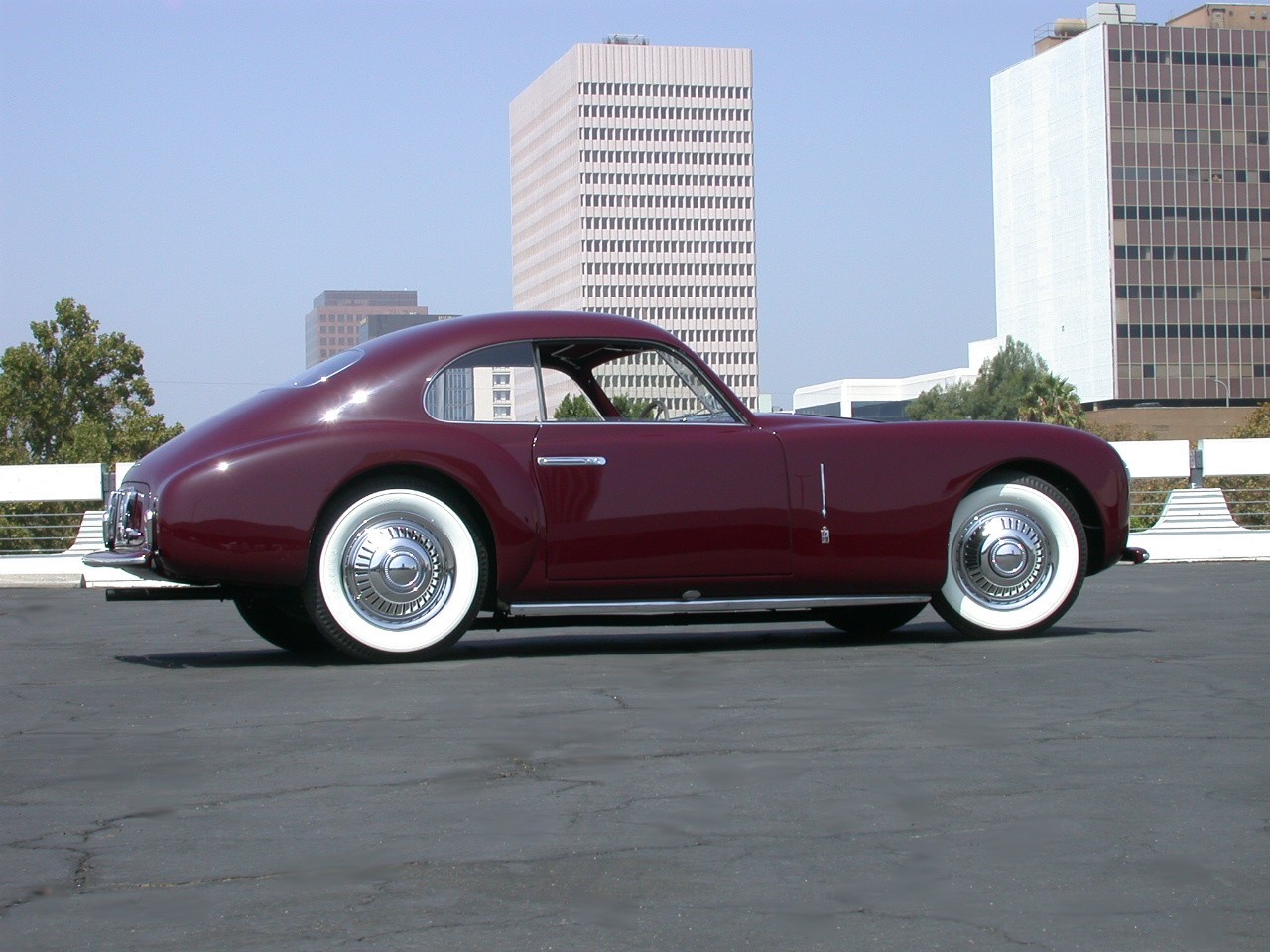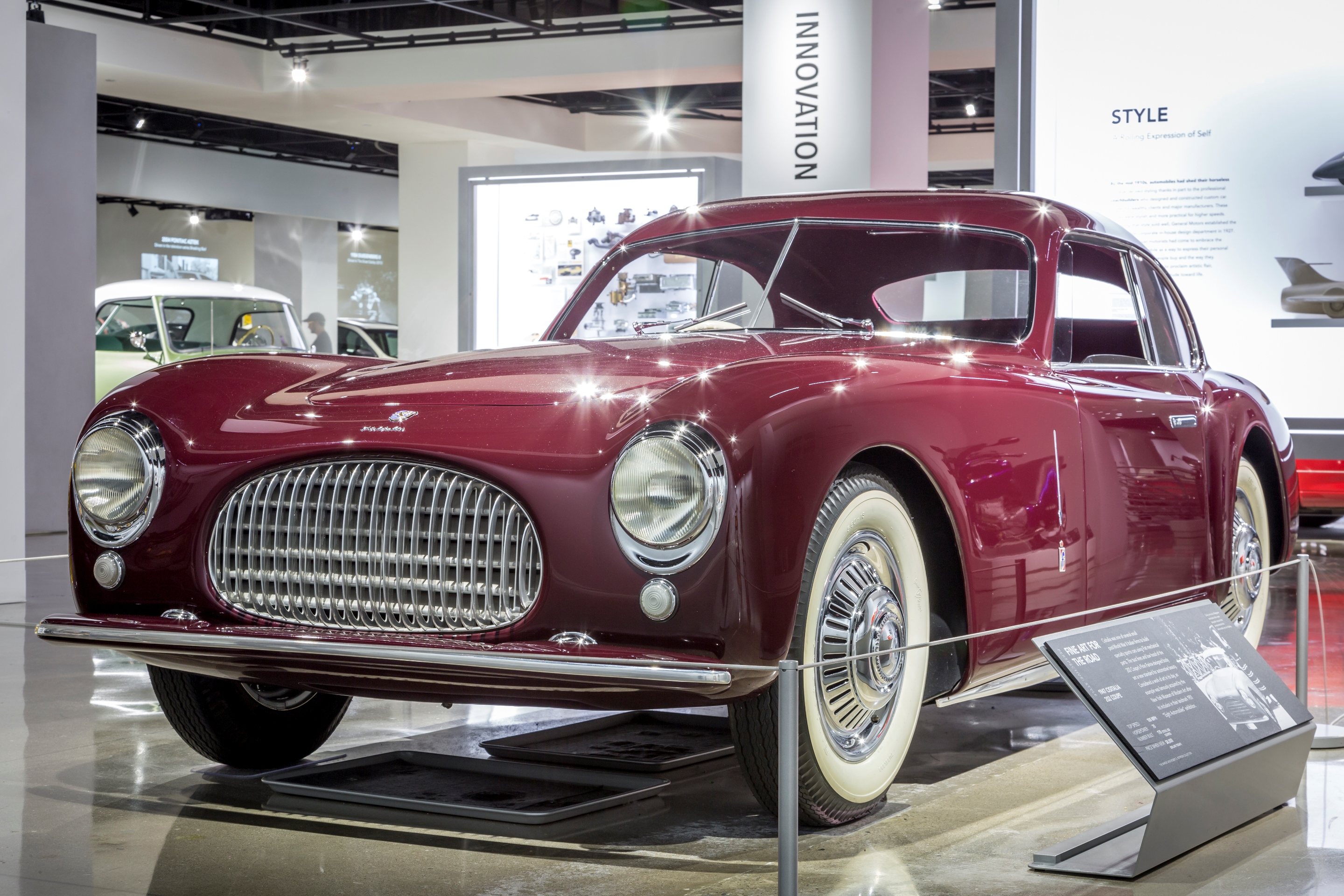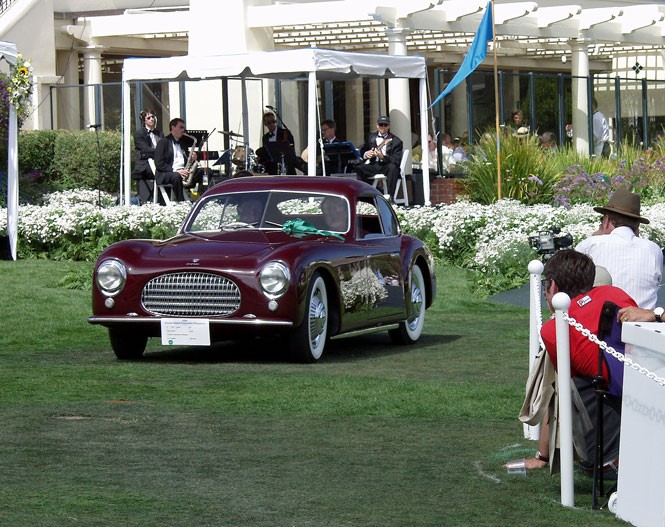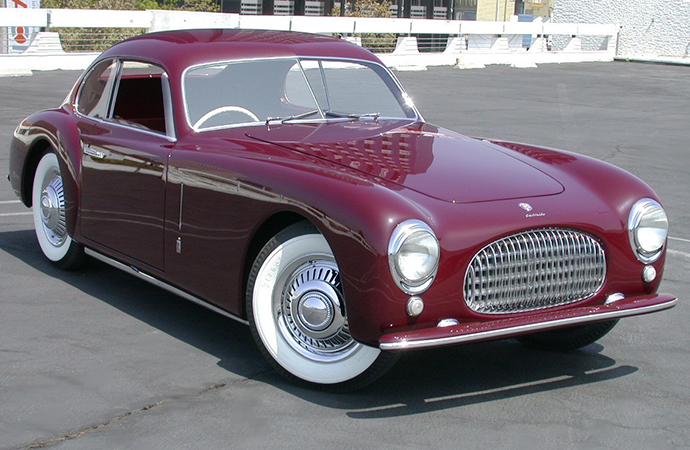Editor’s note: Leslie Kendall is curator and historian at the Petersen Automotive Museum in Los Angeles.
Cisitalia is likely one of the most important and influential automobile manufacturers of which most people have never heard.
Founded by wealthy Italian industrialist Piero Dusio, the name (pronounced chee-see-TAH-lee-uh) was a partial acronym that stood for Consorzio Industriale Sportiva Italia. It was one of dozens of small Italian firms established after World War II that built small specialty sports cars using inexpensive Fiat components.
Yet while much of the Cisitalia’s mechanical specifications were shared with the products from the other boutique Italian manufacturers, it was the unmistakable beauty of the coachwork that would set it apart from everything that had come before and secure its place in automotive history.

Having never manufactured automobiles prior to World War II, upstart Cisitalia was not bound by tradition or compelled to produce a warmed-over version of a prewar model. This gave it the freedom to engineer cars that could be entirely new and modern, both inside and out.
One of the firm’s most obvious departures from prevailing practice was the lightweight, hand-welded tube frame structure it supplied to coachbuilders. It was expensive to produce, yet low slung and strong — characteristics that made it ideally suited to the emerging Italian style of coachwork. Both well-known and obscure firms created bodies for the new marque, but it was Pinin Farina that drew the definitive design that would come to be so widely acclaimed.
Considered revolutionary because of its taut lines and low silhouette, the Pinin Farina-bodied Cisitalia was the first series-produced automobile with the hood lower than the fenders. The fastback design was aerodynamically efficient and the grille opening was only as large as it needed to be to admit the required amount of air to cool the engine.

The sleek, virtually unadorned shape was seen as a counterpoint to the fussy styles then favored by many prominent French, British, and German coachbuilders, most of which were not in keeping with the spirit of austerity in postwar Europe. The motoring world needed elegant simplicity and that is what a Cisitalia by Pinin Farina offered.
The Cisitalia 202 Coupe was so widely admired that it gained the attention of a class of connoisseurs not normally associated with a fondness for automobiles: fine art experts. A Cisitalia 202 was even featured (along with seven other cars) in the 1951 New York Museum of Modern Art show entitled “8 Automobiles,” an exhibition that studied excellence in automobile body design and which identified the Pinin Farina Cisitalia as the new standard.
Fittingly, Pininfarina (a one-word name beginning in 1961) donated a Cisitalia 202 to MoMA’s permanent collection in 1972, where it still serves as one of the world’s most highly regarded examples of machine art.

The Cisitalia 202 Coupe in the Petersen Automotive Museum was owned by only a small number of enthusiasts before being acquired by the Petersens in 2002. Having purchased a Cisitalia when they were new, the couple immediately recognized the car’s importance and commissioned a restoration that returned it to its original brilliance.
The car made its post-restoration debut at the 2004 Pebble Beach Concours d’Elegance where it was awarded the top prize in its class, the first of many accolades it would ultimately receive and a testament to its enduring grace and beauty.





